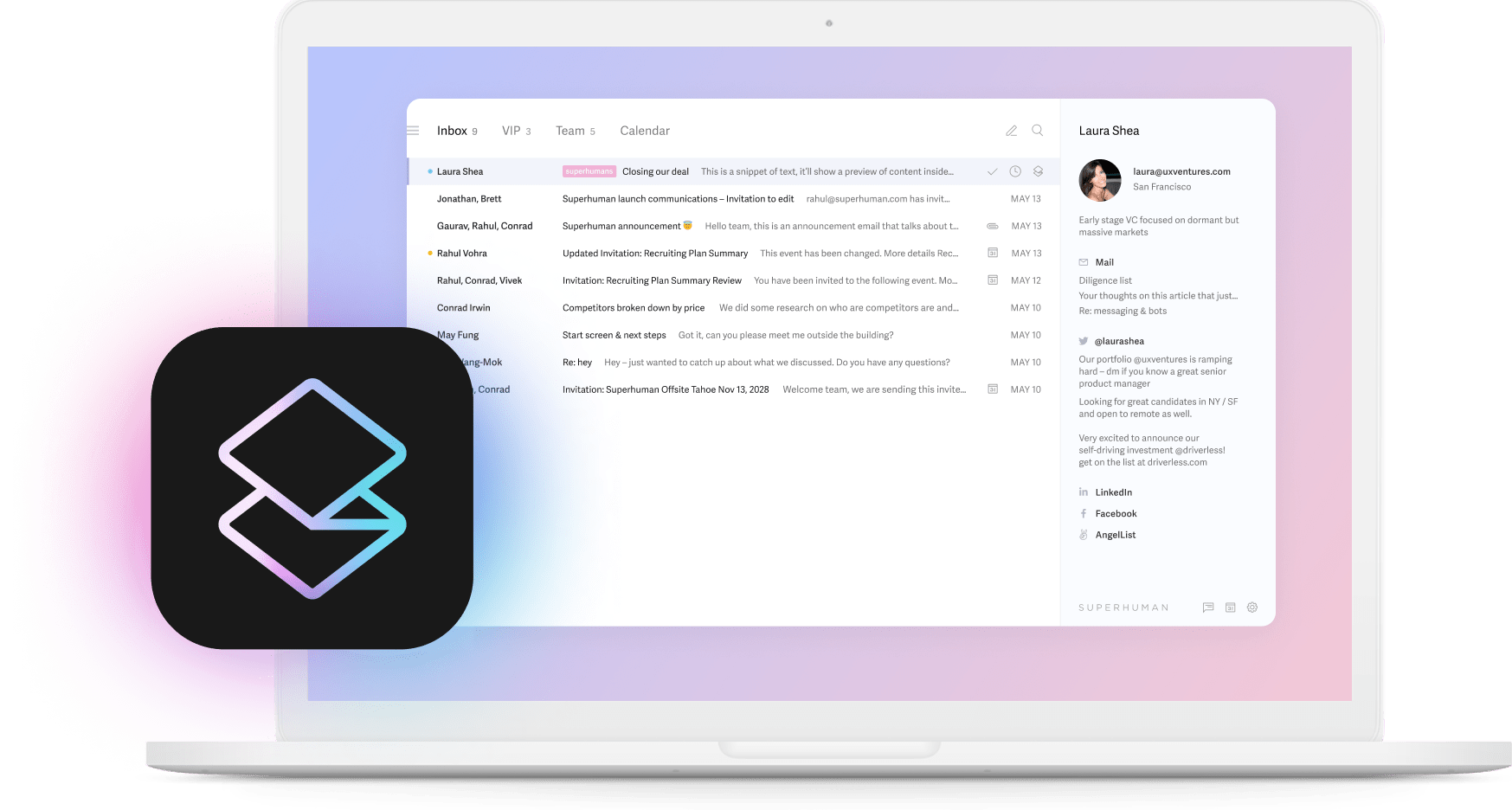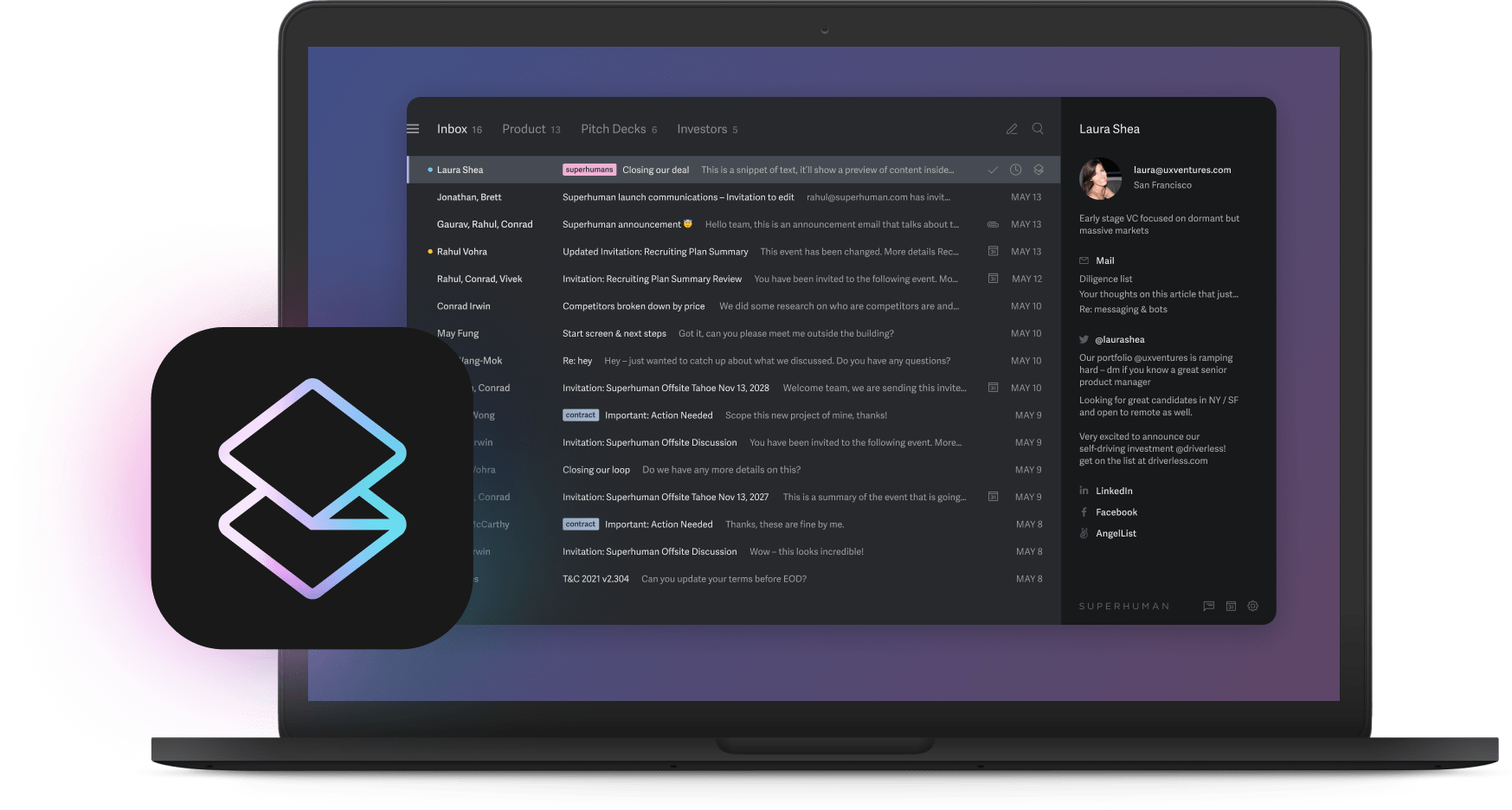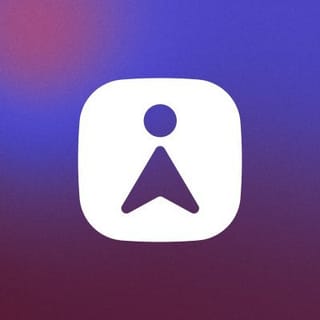
Team emails are a disaster. Conversations get scattered across dozens of threads. Calendar invites conflict with each other. Files disappear into attachments nobody can find.
Outlook Groups fixes this mess. Everything goes in one place. Everyone sees the same messages. Everyone uses the same calendar. Everyone finds the same files. No more digging through old emails asking, "Did you get my message?"
Teams that make the switch save 4 hours every week. They stop playing email tag. They stop missing deadlines. They get work done.
Want to set this up? Takes about a minute. Works on your phone, computer, or web browser. Once you get it running, your team will wonder how they survived without it.
Before you start
You need the right account and the right setup. Most people do, but here's how to check.
Make sure you're signed in with your work or school account. Personal email accounts can join teams but can't create them. If you don't see the option to make a new group, your IT team probably turned it off. Ask them to turn it back on.
Check your apps. The new Outlook needs version 2402 or newer. The old Outlook needs recent updates. The web version always works because Microsoft keeps it updated.
Sometimes browser extensions block things. Sometimes your login gets stuck halfway. Turn off ad blockers and make sure you're fully logged in.
Here's what we'll cover:
- Quick start (60 seconds on the web)
- Desktop instructions for new and old Outlook
- Web instructions with all the options
- Mobile instructions for when you're traveling
- Settings that matter
- Adding people without messing up
- Making it work better with Superhuman
- Answers to common questions
Start with whatever you use most. But keep the web version handy because it has the most options.
Quick start: Set up a team space in 60 seconds
Here's the fastest way to get your team organized. Use the web version because it just works.
Go to Outlook on the web. Look for "Groups" on the left side. Click "New Group."
Name your group. Follow your company's naming rules if they have any. Add a short description so people know what you're doing.
Pick Private or Public. Private for confidential projects. Public for general discussions. You can change this later if needed.
Click Create. Outlook sets up everything right away.
Add people by typing their names or email addresses. Or skip this and add them later. Everyone you add sees the group appear in their Outlook instantly.
Start using it right away. Send emails to the team address. Schedule meetings on the shared calendar. Upload files to the shared folder.
Can't find the Groups option? A few things to check:
Turn off ad blockers and reload the page. Make sure you're using your work account, not your personal email. Finish logging in completely. Try a different browser if things look broken.
The web version gets new features first. It avoids the version problems you sometimes get with desktop apps. Use it when you need to create or manage groups, even if you prefer a desktop for daily email.
Desktop: New Outlook for Windows and Mac
Open Outlook. Click Home, then New Group. Can't find it? Your IT team turned it off. Ask them to fix it.
Name your team space. Make it clear what you're doing. Something like "Marketing_Q3_Launch" works better than "Marketing Team" because you'll probably have more than one marketing team.
Pick Private or Public. Private for sensitive things like budgets or strategy. Public for general things like company events or tips.
Add some people. Make at least two people owners so someone can always manage things if you're not around.
Click Create. Outlook makes your shared inbox, calendar, file storage, and notebook. Everything appears in your sidebar right away.
Security tip: Every few months, check who's still in sensitive groups. Remove people who left the company or changed jobs. Clean up old files while you're at it.
Desktop: Old Outlook (2016/2019/Office 365)
The old Outlook works, but some things are different. You can't do everything from the inbox. Some things need the web version.
Click Home, then New Items, then Group. Or press Alt+H+N+G if you like keyboard shortcuts.
Name your space and describe what you're doing. Outlook picks an email address on its own. You can't change it later in the desktop app, so if you don't like it, use the web version instead.
Pick Private or Public. You can't change this later from the desktop either. Private keeps everything hidden from people not in the group. Public lets anyone at your company find and join.
Add people by typing their names. Owners can manage settings. Members can participate but can't change anything important.
Click Create. You get the same shared inbox, calendar, and files as the new version.
Desktop tip: Right-click the group name in your folder list to change settings later. To mention everyone in the group, add the group's email address to your message. @mentions don't work the same way as in other apps.
Missing the Group button?
Your admin turned off group creation. Or your account doesn't have permission. Check with IT.
New versus old Outlook
New Outlook shows the Group button right on the Home tab. Old Outlook hides it under New Items. But both create the same thing once you're done.
Mobile: Stay connected on the go
The mobile app keeps you in the loop, but you can't create new groups. You need a computer for that.
Open Outlook on your phone. Go to Mail, then scroll down to Groups. Tap your team space to see the shared inbox.
Send messages to the team by tapping New mail inside the group. The app fills in the team address on its own. Everyone gets your message.
Reply to conversations by opening the message and tapping Reply all. Your response goes to the whole team.
Mobile settings: Tap the group icon, then Settings. Pin important groups to the top. Turn off notifications for busy groups when you need to focus. Leave groups when projects end.
You can't create groups, add people, or change privacy settings on mobile. Microsoft keeps those features on the desktop and web. Handle management tasks on your computer or ask a teammate with laptop access.
Mobile tips: Pin your most important groups. Sync shared calendars so you see team meetings. Download key files before traveling. You'll stay connected, and your team keeps moving.
Settings that matter
Get three things right and your group runs itself: the name, who can see it, and how messages work.
Pick a clear name. Use a prefix for the project or department, then add what the team does. "Marketing_EMEA_ProductLaunch" tells you everything you need to know. Follow Microsoft's naming rules if your company has them.
Set the right privacy level. Private keeps everything hidden from people not in the group. Public lets anyone at your company find and join. For sensitive one-off messages, skip the group and just BCC everyone instead.
Control message flow. Decide if every team message goes to people's personal inboxes or stays in the shared inbox. The Groups guide explains how to toggle "Follow in inbox."
For busy groups, turn off inbox delivery by default. Let people subscribe to specific conversations they care about. Use Outlook's auto-archive settings to keep storage clean.
Set up sending permissions. Decide if people can send emails as the team or just on behalf of the team. "Send as" hides the individual sender completely. Good for support or HR groups that need one voice. "Send on behalf" shows who sent the message. Better for accountability.
Create a team signature. Write a simple signature with the team name, what you do, and one clear call to action. Share it in the file library. Pin a message about it so new people can use it. Pair it with consistent email formatting for subject lines.
Do this right, and sensitive information stays protected, inboxes stay clean, and every message sounds professional.
Add people the right way
A good member list keeps conversations focused and protects sensitive information. Too many random people slow everyone down.
When you create a group, Outlook asks if you want to add people. Type names or email addresses and hit Enter. Or skip this and add people later from the team settings.
Three types of people:
Owners can change settings, add guests from outside your company, and delete the group. Limit this to 2-3 trusted people.
Members can participate in conversations, edit shared files, and use the calendar. Most people are members.
Guests are people from outside your company. They can see messages and files, but can't browse your company directory or create meetings.
For sensitive projects, add outside people as guests. They can only see what you share, not everything in your company.
Clean up regularly. Every few months, remove people who left the company or changed roles. This reduces security risks and keeps conversations relevant.
Help new people get started. When you add someone, send them a welcome email. Point them to the shared files and recent conversations. They'll contribute faster and ask fewer questions.
For big teams, set up membership based on job roles or departments. This prevents mistakes and keeps the roster accurate without daily work.
Keep your groups small and focused. Big groups with unclear purposes just create more email chaos.
Make it even better with Superhuman
Outlook Groups organizes your team email. Superhuman makes it lightning fast, here’s how.
Connect your Microsoft 365 account to Superhuman AI, and Split Inbox sorts every team message into separate streams. Urgent project updates stay at the top. Routine newsletters go to a low-priority section. Scan the important things, press E to archive, and move on.
This enables teams to reply 12 hours faster and save 4 hours per person every week.
For repetitive updates, use Snippets. Once you set it up, Type "team-update" and Superhuman drops in a template with names, dates, and links filled in. Now you can keep messages consistent and stop typing the same thing over and over.
For long conversations, use the Write with AI feature. Highlight a long email chain, click Write with AI, and get a response that sounds like you wrote it. Superhuman learns from emails you've already sent, so suggestions match your voice.
Put it all together, and your email feels 10x lighter. Team conversations stay organized, responses come faster, and everyone handles twice as many emails in the same time.
Outlook Groups gives you the foundation. Superhuman turns it into a high-speed email machine.
Questions everyone asks
How many people can join a group? Microsoft 365 handles big teams fine. Your company might set limits for security reasons. If you can't add someone, ask IT about your limits.
How do I delete a group? Only owners can delete groups. Go to group settings in Outlook on the web, click Delete group, and confirm you mean it. Want to keep it but hide it from the company directory? Choose Hide from address lists instead.
Can I add people from outside my company? Yes. In Outlook on the web, go to Members, then Add guests. Type any email address. Guests can join conversations and see files, but can't browse your company directory or create meetings.
Can I unsend an email to the group? If you hit send too fast, Outlook has Undo Send for a few seconds. For Exchange setups, Recall might pull the message back before people read it.
Why can't I create groups on my phone? Microsoft only allows group creation on desktop and web. Mobile handles everything else perfectly: reading messages, replying, viewing files. Need to create a group? Use your computer.
How are groups different from mailing lists? Mailing lists just forward email. Groups give you a shared inbox, calendar, file storage, and threaded conversations. Everything in one place.
Can I convert a mailing list to a group? If you're an Exchange admin, you need PowerShell or manual migration. There's no upgrade button. Not an admin? Ask IT to do the conversion.
What happens if someone leaves the group? All messages, files, and calendar events stay. The person who left just loses access. Perfect for preserving team knowledge when people move on.
Group creation doesn't work. What's wrong? Check the basics: work or school Microsoft 365 account, updated Outlook, and IT hasn't disabled creation. Turn off browser extensions that block scripts. Make sure you're fully logged in. If messages get stuck in your queue, check your internet connection.
Still stuck? Go back to the step-by-step instructions for your specific setup.






